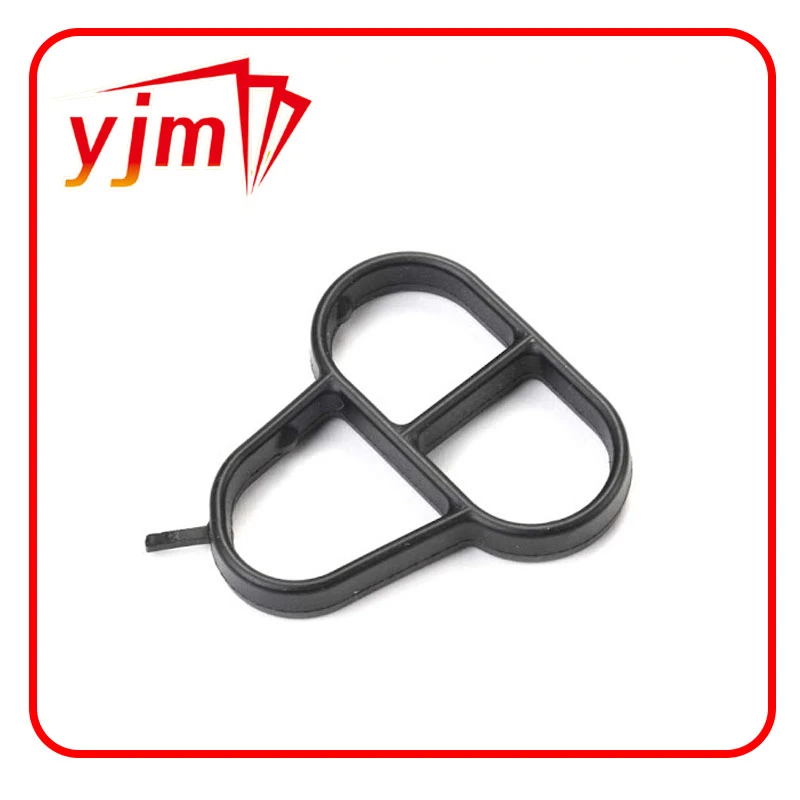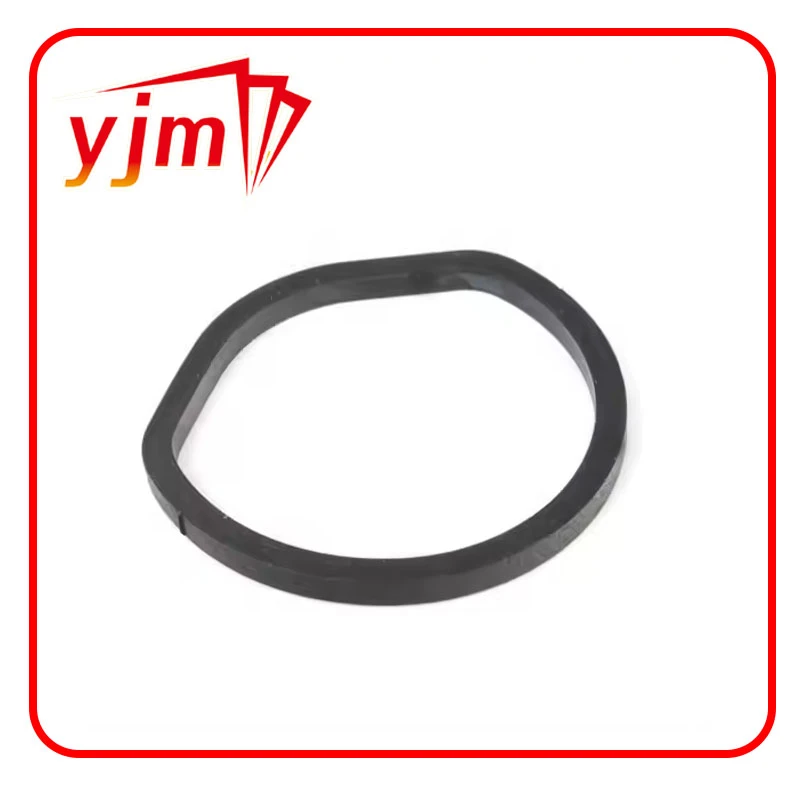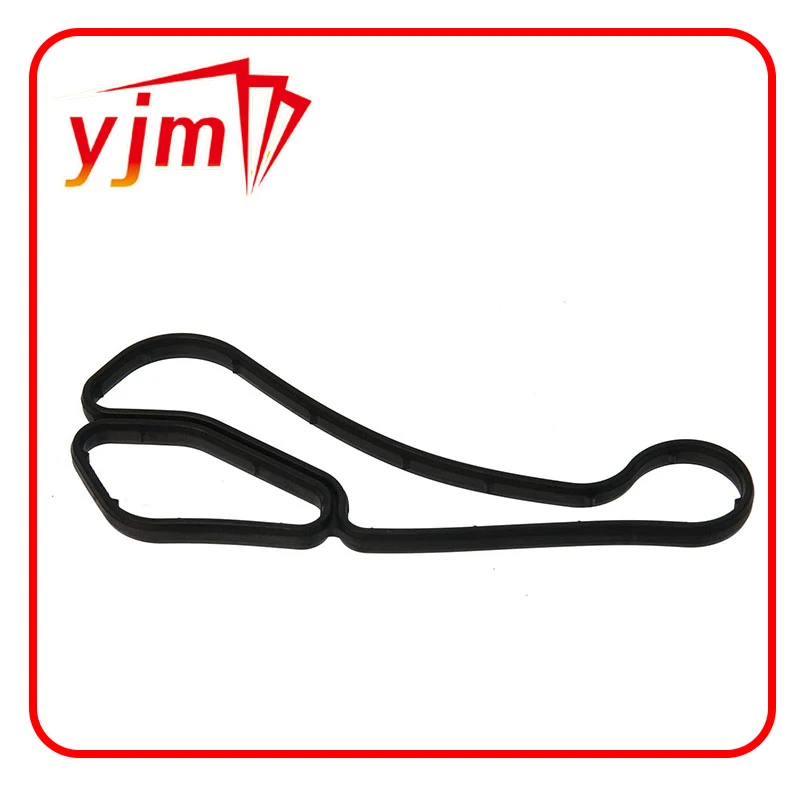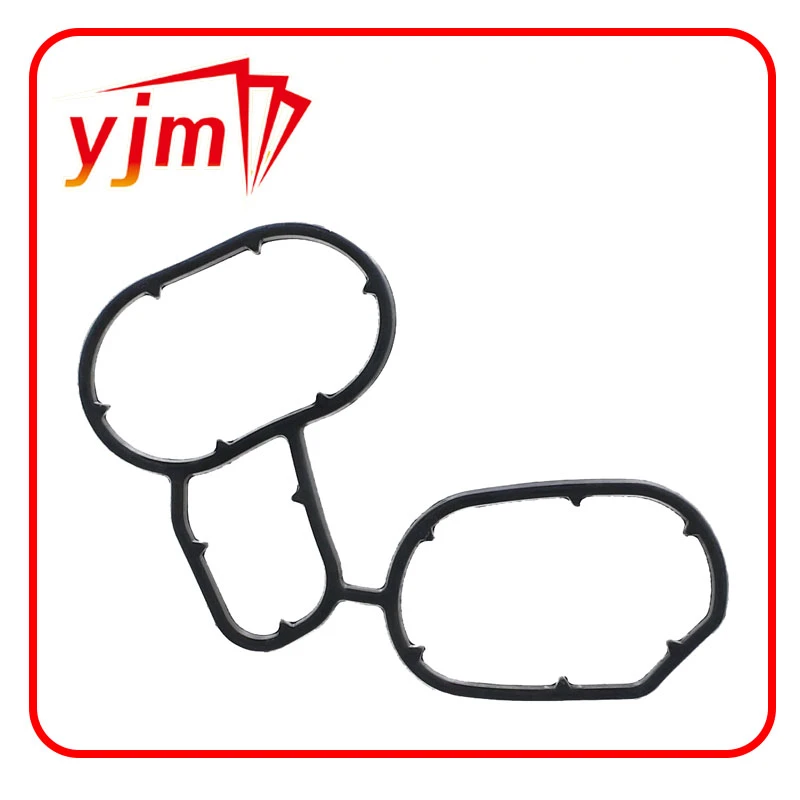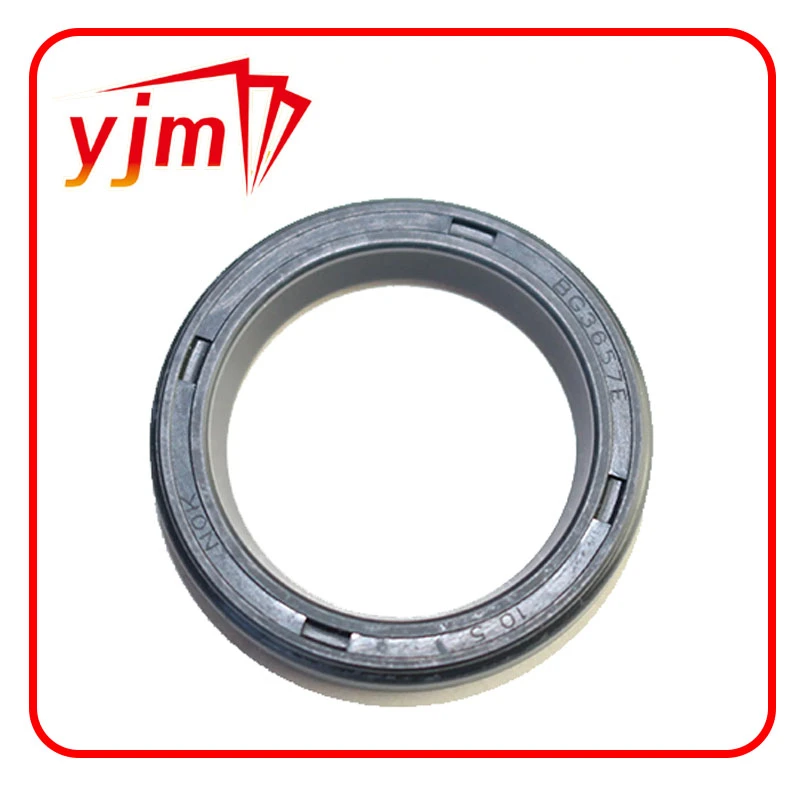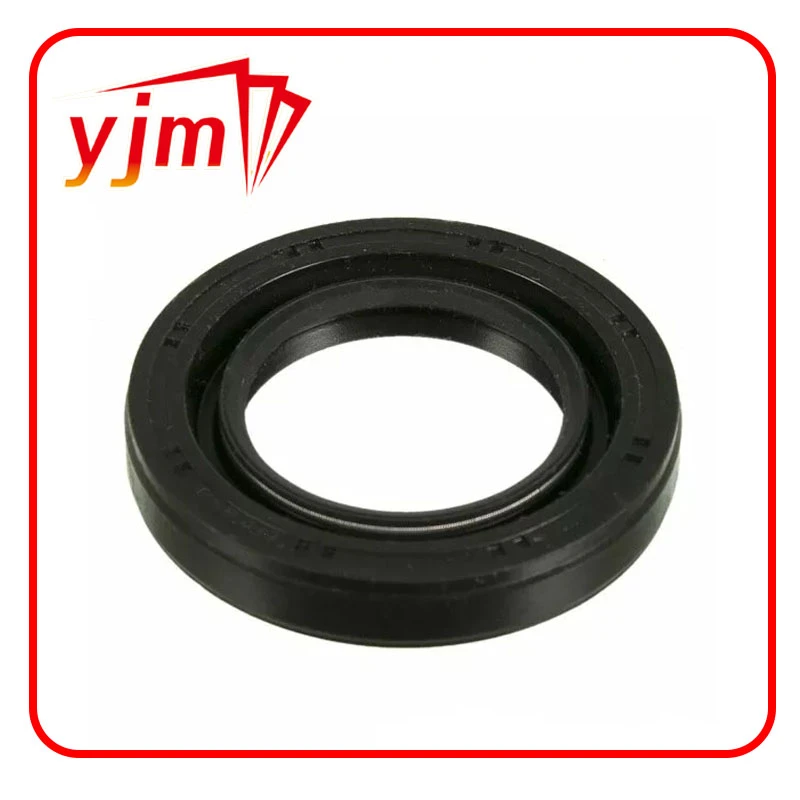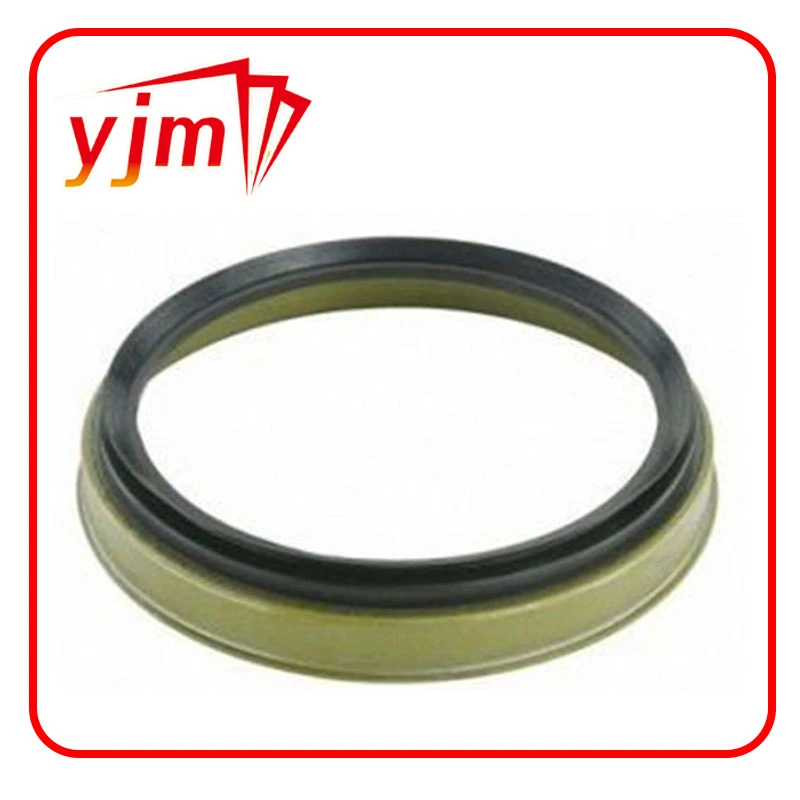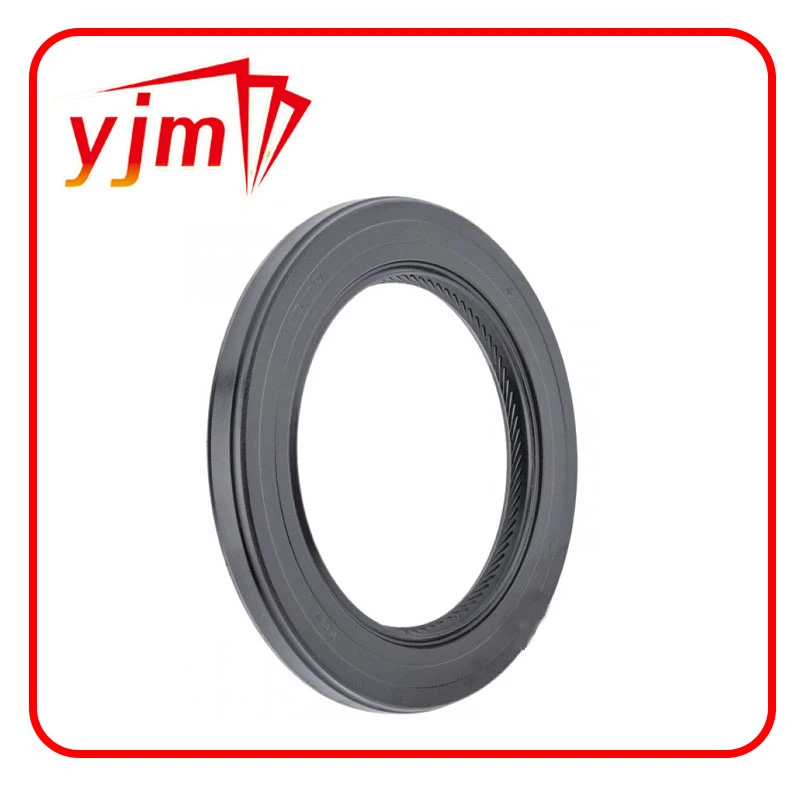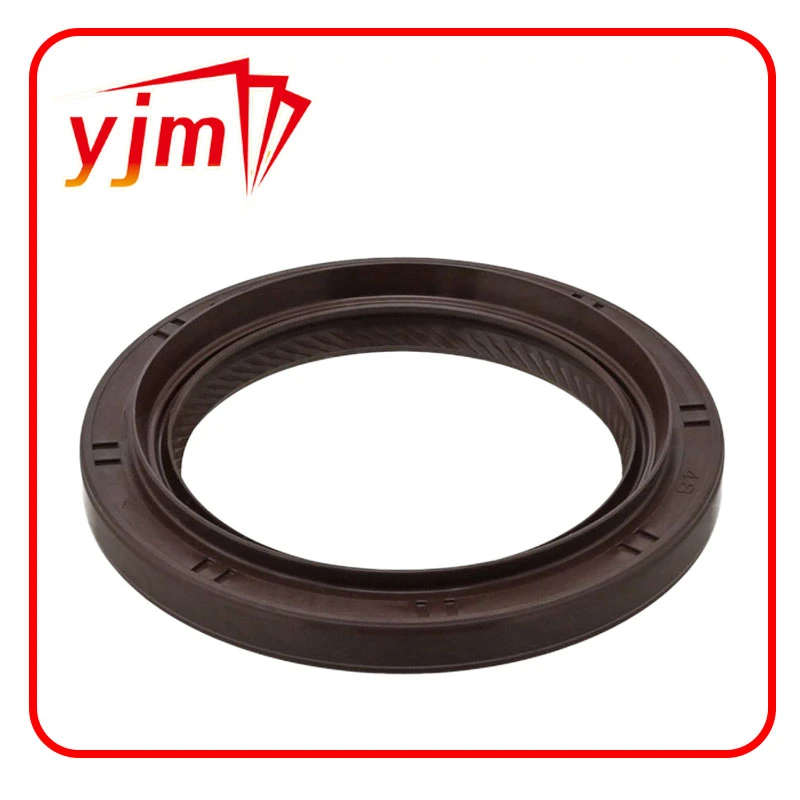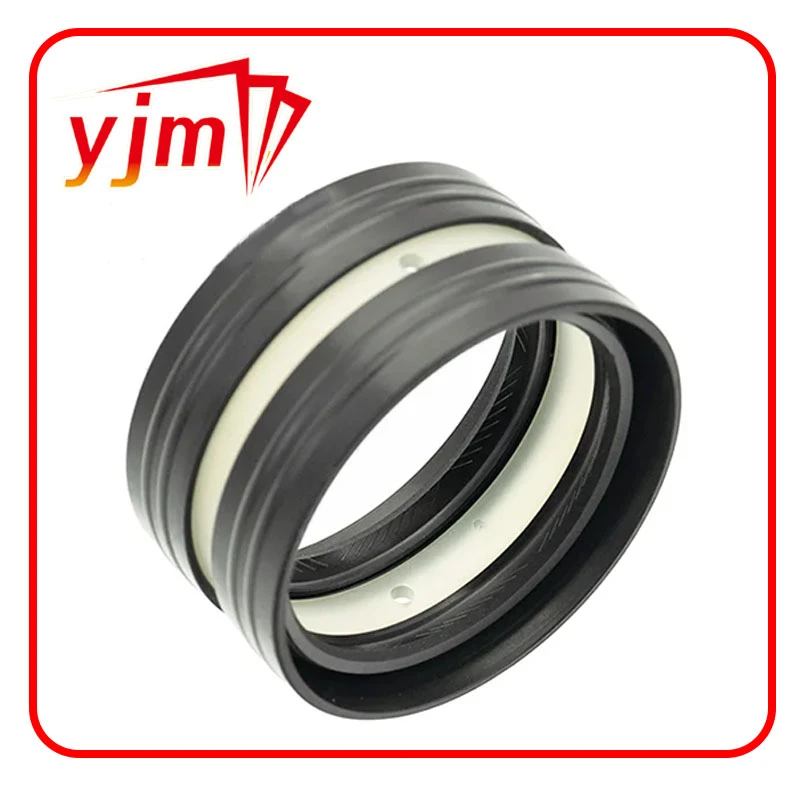Mastering Oil Pan Gaskets: A Comprehensive Guide to Seals, Gasket Types, and Leak Prevention
Gaskets are one of the most essential yet often underestimated components in an engine. Designed to create seals between surfaces, they prevent fluids from leaking and maintain the integrity of engine systems. When it comes to oil management, pan gaskets and drain plug gaskets play a crucial role. This article dives deep into everything you need to know about gasket oil pan drain plug, gasket oil sump Myvi, gasket pan, liquid gasket for oil pan, and the LM7 oil pan gasket.
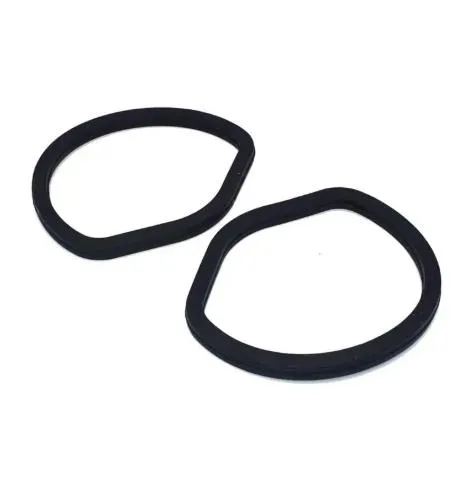
Gasket Oil Pan Drain Plug: Small Part, Big Responsibility
The gasket oil pan drain plug is a small yet vital part located at the base of your engine’s oil pan. It forms a seal between the drain bolt and the pan to prevent engine oil from leaking out after an oil change.
Why It’s Important:
When you perform an oil change, you remove the drain plug to allow old oil to flow out. If you reuse an old or damaged gasket—or skip installing one entirely—you risk developing an oil leak, which can lead to low oil levels, engine overheating, or long-term engine damage.
Signs of a Worn Drain Plug Gasket:
Oil drips under your car, especially near the oil pan
Oil residue around the drain plug area
Visible cracks or flattening on the gasket
Frequent low-oil warnings despite recent refills
Best Practice:
Always replace the drain plug gasket with every oil change. These gaskets are inexpensive and come in several materials, such as aluminum, copper, nylon, or fiber. Each has its own strengths—copper and aluminum are durable and ideal for high-heat conditions, while rubber and fiber offer flexibility and ease of installation.
Gasket Oil Sump Myvi & LM7 Oil Pan Gasket: Vehicle-Specific Gasket Insights
Gaskets aren’t one-size-fits-all. Vehicle manufacturers design specific gaskets to match the configuration of their engines. Two examples include the gasket oil sump Myvi for the Perodua Myvi and the LM7 oil pan gasket for GM’s LM7 engine.
Gasket Oil Sump Myvi:
The Myvi is a popular compact car in Southeast Asia, and like any modern vehicle, it requires a well-sealed oil sump. The gasket oil sump Myvi seals the joint between the oil sump (pan) and the engine block.
Typically made of rubber or fiber
Easy to replace during routine maintenance
Crucial for preventing oil leaks in city driving conditions
Replacing the sump gasket in the Myvi is a relatively straightforward task for DIYers familiar with basic engine maintenance. Just be sure to clean the mating surfaces and torque the bolts evenly.
LM7 Oil Pan Gasket:
The LM7 is a 5.3L V8 engine from General Motors’ LS-based family. Used in trucks and SUVs, the LM7 has become a favorite for engine swaps and performance builds.
The LM7 oil pan gasket is typically made of molded rubber with metal reinforcements.
Designed to withstand high engine pressures and heat cycles.
Important for maintaining oil pressure and preventing leaks in high-performance or towing applications.
When installing or replacing the LM7 oil pan gasket, always check the torque specs and consider using a quality gasket brand to ensure long-lasting results.
Gasket Pan and Liquid Gasket for Oil Pan: When to Use Traditional vs. Liquid Sealants
The term gasket pan is a general reference to any gasket used on an oil pan, whether it’s part of an engine or transmission system. These gaskets are usually made of rubber, cork, composite, or metal-reinforced rubber. However, in certain cases, a liquid gasket for oil pan may be used instead of or in combination with a traditional gasket.
When to Use a Traditional Gasket:
When specified by the manufacturer
For ease of installation and removal
On surfaces with regular contours or grooves designed for molded gaskets
Pros:
Clean installation
Pre-shaped and reliable fit
Easy to replace during routine maintenance
When to Use a Liquid Gasket:
When the surface is uneven or lacks a groove
For older engines or custom builds
As a supplement to a traditional gasket for added sealing
Pros:
Fills gaps and imperfections
Resistant to oil and temperature extremes
Creates a customized seal
Tips for Using Liquid Gasket:
Clean both surfaces thoroughly before application.
Use a continuous, even bead—avoid applying too much.
Let the liquid gasket cure as recommended (often 15-60 minutes before assembly).
Avoid over-tightening bolts, which can squeeze out the sealant.
Popular liquid gasket brands include Permatex, ThreeBond, and Loctite. Choose a product that is specifically labeled as “oil-resistant” and suitable for high temperatures.
Gaskets might not be the flashiest part of an engine, but their role in sealing components and preventing leaks is absolutely vital. From the often-overlooked gasket oil pan drain plug to vehicle-specific parts like the gasket oil sump Myvi and LM7 oil pan gasket, knowing when and how to replace these components can help keep your engine healthy, clean, and running smoothly.
Whether you opt for a pre-molded gasket pan or use a liquid gasket for oil pan applications, always prioritize quality, cleanliness, and correct installation technique. These small steps make a big difference in vehicle performance and longevity.
-
Seal 12x20x5: Precision Radial Shaft Seals for Industrial Reliability
ニュース Nov.24,2025
-
Seal 12x18x5: Essential Guide to Specifications, Applications & Vendors
ニュース Nov.24,2025
-
Understanding Seal 12 20 5: Applications, Specifications & Industry Insights
ニュース Nov.23,2025
-
Durable Oil Seal 85x110x12 – Reliable Sealing Solutions for Industry
ニュース Nov.23,2025
-
Durable and Precise Oil Seal 75x95x10 for Efficient Machinery | YJM Seal
ニュース Nov.22,2025
-
Durable Oil Seal 75x100x10 for Reliable Industrial Performance | YJM Seal
ニュース Nov.22,2025
-
High-Quality Oil Seal 65x90x10 | Durable & Reliable Sealing Solutions
ニュース Nov.22,2025
製品カテゴリー

